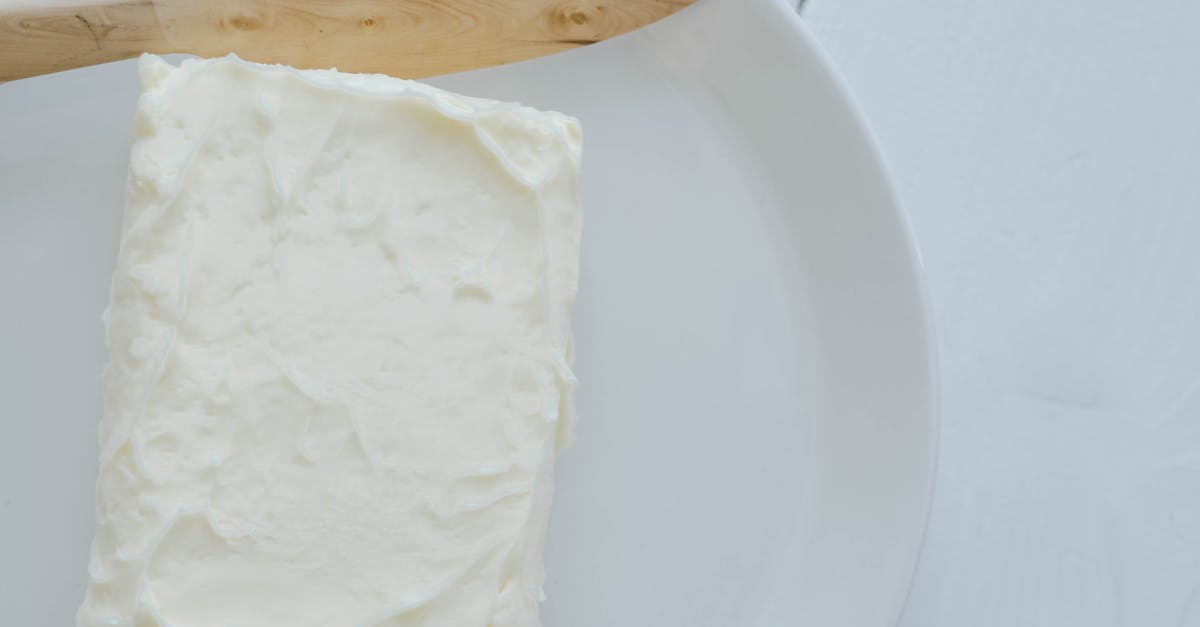The versatility of paneer makes it a beloved ingredient in many cuisines, particularly in Indian cooking. But have you ever wondered how much paneer you can produce from 1 litre of milk? This blog post will take you through the process and provide you with valuable insights into paneer production.
| Type of Milk | Paneer Yield (Approx.) |
|---|---|
| Full Cream Milk | 200-250 grams |
| Whole Milk | 150-200 grams |
| Skimmed Milk | 100-150 grams |
| Buffalo Milk | 250-300 grams |
| Goat Milk | 150-200 grams |
Full Cream Milk
Full cream milk is one of the best options for making paneer due to its high fat content. From 1 litre of full cream milk, you can expect to yield approximately 200-250 grams of paneer. The richness of full cream milk not only enhances the flavor of the paneer but also contributes to its creamy texture, making it an ideal choice for various dishes such as paneer tikka and palak paneer.

Whole Milk
Whole milk is another popular choice for paneer making, yielding about 150-200 grams of paneer from 1 litre. Although it has a slightly lower fat content than full cream milk, whole milk still provides a decent yield and a good texture. The flavor remains rich, making it suitable for both savory and sweet preparations.

Skimmed Milk
If you’re looking for a healthier option, skimmed milk can be used to make paneer, although the yield will be lower—approximately 100-150 grams from 1 litre. The reduced fat content means that the paneer will be less creamy and may have a firmer texture. While it can still be used in various recipes, those seeking the traditional richness of paneer may find skimmed milk less satisfying.

Buffalo Milk
Buffalo milk is highly regarded for its richness and creaminess, yielding around 250-300 grams of paneer from 1 litre. It has a higher fat content compared to cow’s milk, making it an excellent choice for paneer lovers. The paneer produced from buffalo milk is often creamier and more flavorful, making it a popular option in many Indian households.

Goat Milk
Goat milk can also be used to make paneer, yielding about 150-200 grams per litre. This type of milk has a distinct flavor that some people may find appealing. Goat milk paneer can be used in various dishes, and its unique taste adds an interesting twist to traditional recipes.

FAQ
How is paneer made from milk?
Paneer is made by curdling milk using an acid like lemon juice or vinegar. The milk is heated, and once it reaches a boiling point, the acid is added. This process separates the curds from the whey, and after straining, the curds are pressed to form paneer.
Can I use low-fat milk to make paneer?
Yes, you can use low-fat or skimmed milk to make paneer, but the yield will be significantly lower compared to whole or full cream milk. The texture may also be firmer and less creamy.
What is the best milk for making paneer?
The best milk for making paneer is full cream or buffalo milk due to their higher fat content. These types of milk yield creamier and richer paneer, ideal for various dishes.
How long can I store homemade paneer?
Homemade paneer can be stored in the refrigerator for about 3-4 days. To keep it fresh, store it in an airtight container submerged in water or wrap it in a damp cloth.
Can I freeze paneer?
Yes, paneer can be frozen for up to 3 months. However, freezing may change its texture, making it slightly crumbly when thawed. It is best to use it in cooked dishes after freezing.
To learn more about dairy products and their nutritional values, you can visit the [Food and Agriculture Organization of the United Nations](http://www.fao.org) and the [National Dairy Development Board](http://www.nddb.coop).
Understanding how much paneer can be made from 1 litre of milk not only helps in planning meals but also empowers you to choose the right type of milk based on your preferences and dietary needs. Whether you opt for creamy buffalo milk or lean skimmed milk, the joy of homemade paneer is unmatched.
